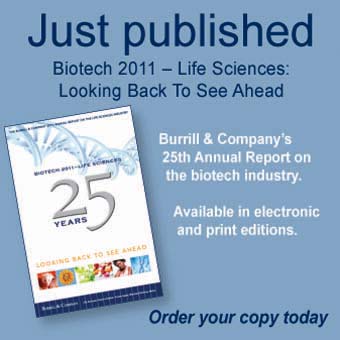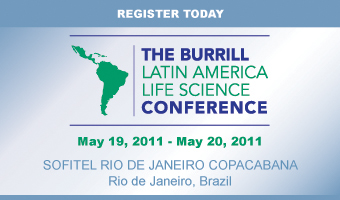“My goal as CEO is never to inaugurate a new research and development center, says Viehbacher.”
Chris Viehbacher’s efforts to remake Sanofi-Aventis offers one view of what it may mean to be a pharmaceutical company in the years ahead. From the day he took the helm of the Paris-based pharmaceutical, he has spoke of the industry’s failure to get an adequate return on its investment in R&D and the need for companies like his to tap the greater world of ideas and discoveries by externalizing R&D efforts.
Viehbacher, fresh from completing his $20.1 billion acquisition of Cambridge, Massachusetts-based Genzyme once again echoed that theme during an address at the MIT Enterprise Forum. “My goal as CEO is never to inaugurate a new research and development center,” Viehbacher said, according to a report in the Boston Business Journal.
Viehbacher said Sanofi, long-rumored to be setting up a venture fund, wasn’t going to do so. However, he said the company would consider co-investing in early stage companies, along with traditional venture capital firms.
When he took the helm as CEO in 2009, Viehbacher was quite open about the need for Sanofi to look beyond its own walls for innovation. Like many other Big Pharmas, Sanofi is facing a patent cliff on key products with more than $12 billion in annual sales going off patent between 2010 and 2012. The reality is the company is not going to be able to generate new sources of revenue to replace that being lost to competition from generics through in-house R&D efforts alone and instead is looking to biotech companies, universities, and research institutes as sources of innovative new drugs.
As part of its transformation, the French pharmaceutical giant in October 2010 entered into a ten-year agreement with Covance, a contract research organization, for up to $2.2 billion to outsource research and development. Around the same time, the company also entered into a translational research agreement with Harvard University with the hopes of accelerating the movement of discoveries from the lab to the clinic. The Harvard agreement follows a similar agreement between Sanofi and The Charité University in Berlin announced in May 2010.
Of course, such agreements are focused on early-stage research and development that under the best of circumstances will generally be years away from fueling revenues for the company. So at the same time, Sanofi has been buying everything from generic vaccine makers to over-the-counter products like the $1.9 billion acquisition it made at the end of 2009 of Chattem with brands such as Selsun Blue, Gold Bond, and Icy Hot.
Whether the strategy will be successful remains to be seen. Buying innovation rather than growing it is no guarantee for success—earlier this year Sanofi saw a late-stage failure of subsidiary BiPar Sciences’ experimental cancer drug after acquiring the company in 2009.
The hope, though, is that if done right, it’s a way to leverage investment in R&D and reduce the high-risk of failure. It’s a transformation from research and development to what Morgan Stanley analyst Andrew Baum called “search and development.” But while it represents a broader effort on the part of Big Pharma to do what it does best and look outside itself for the rest, it’s too soon to determine how effective it is at finding tomorrow’s winners.
April 15, 2011
http://www.burrillreport.com/article-viehbacher_wants_to_buy_not_build.html






.gif)
